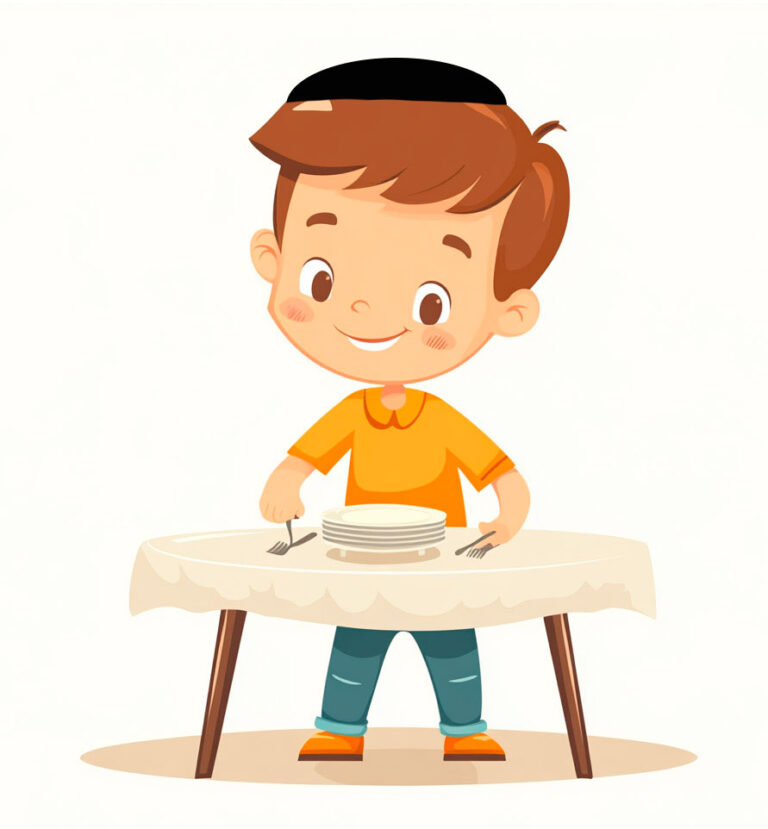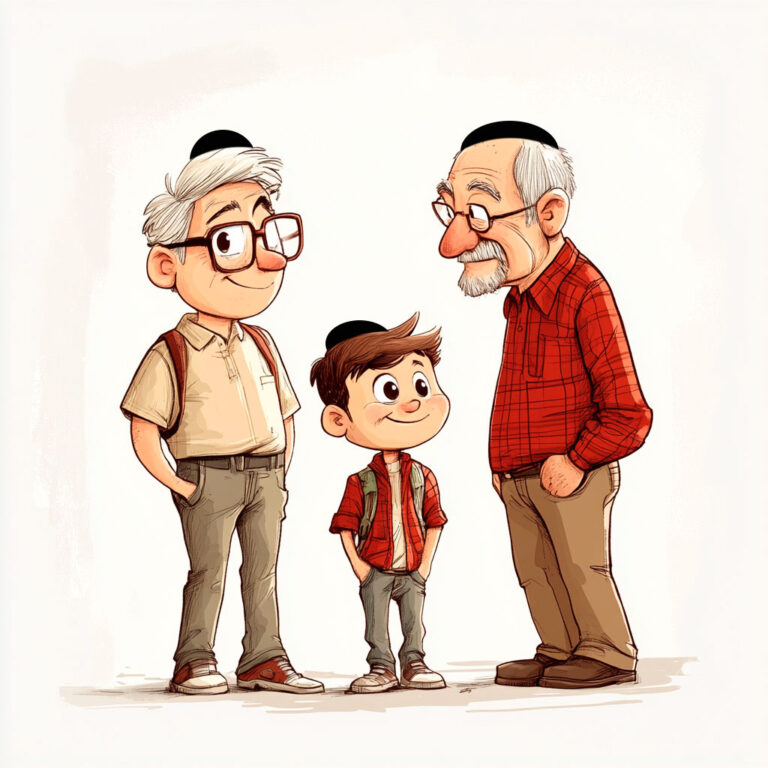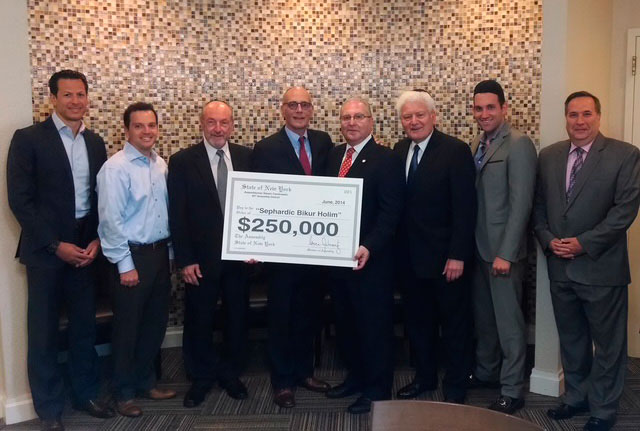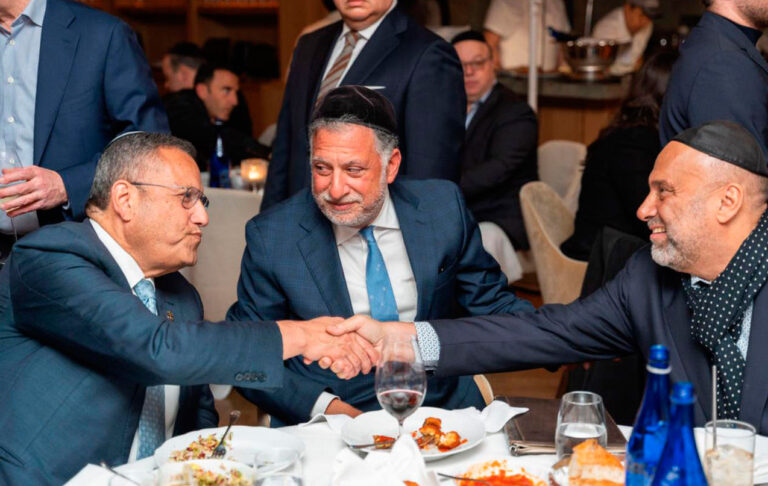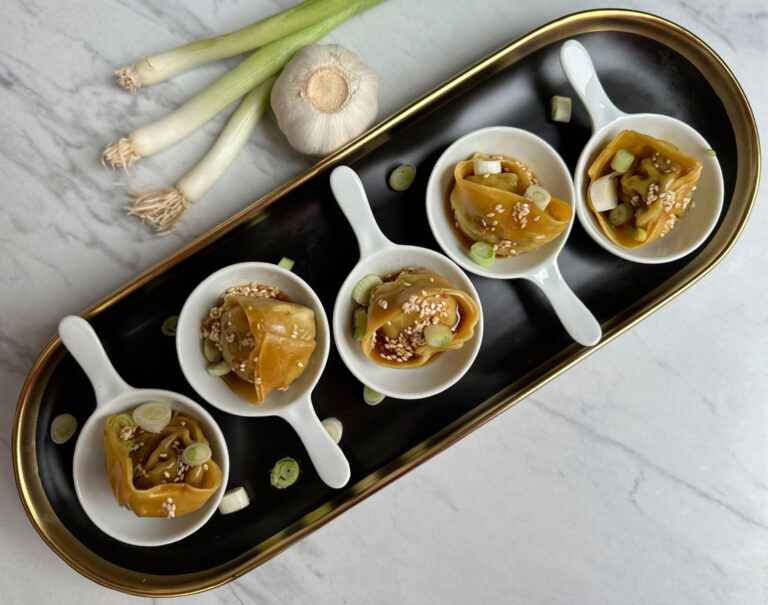Financial anxiety is at least as old as it is common. Actually, it’s even older – as old as the Torah.
This month, we read Parashat Behar, which discusses the remarkable mitzvah of shemittah – the “Sabbatical” year. For an entire year, farmers in the Land of Israel must desist from all agricultural work, and declare all their agricultural lands ownerless, allowing anyone who wishes to help themselves to the producein the fields.
A modern-day equivalent to shemittah would be a storeowner who is compelled to shut down his business for an entire year, and keep the doors open so that anyone who wants can come and take the merchandise which he had not been able to sell before the onset of that year.
The Torah anticipates the anxiety that farmers will feel as the shemittah year approaches:
“And if you say: What shall we eat during the seventh year, given that we will not sow and not gather our grain?” (25:20).
Understandably, farmers will be very concerned about the grave financial repercussions of a one-year shut-down of their enterprises.
Hashem responds to this question by assuring the farmer that his fields would yield an extra abundance of produce during the sixth year, and this surplus will suffice to feed him and his family during the coming years.
At first glance, these verses require no further elaboration. Gd assures us that we will never lose by adhering to His laws, by following His commands, even when this entails great sacrifice, as He generously rewards our compliance by providing us with our needs.
However, the discerning reader likely noticed a glaring difficulty in the text. The Torah foresees the people worrying about what they will eat “in the seventh year” given the restrictions on farming. We must ask, why are they concerned about the seventh year? They farmed throughout the sixth year, so there will be plenty of food available for the seventh year, the year of shemittah. The problem arises not during shemittah, but aftershemittah, following an entire year during which nothing was planted and the fields were neglected. The people would, seemingly, be worried about a food shortage during the eighth year, not during the seventh year. Why, then, does the Torah foresee the people asking, “What shall we eat during the seventh year?”?
One answer is offered by Rav Samson Raphael Hirsch (Germany, 1808-1888), who explains that the people would need to begin reducing their consumption already during the seventh year. Knowing that they are not farming this year, and are thus not producing any food for the eighth year, they are compelled already now, during shemittah, to “tighten their belts” and eat minimally in an effort to ensure that some food will remain for the eighth year. Hashem responds that this is, in truth, not necessary, because the sixth year’s yield would be double the normal output, providing enough food for both the seventh and eighth years.
Setting the Price of Lands in Eretz Yisrael
A different, and especially novel, reading of this verse was offered by Rav Chaim Berlin (1832-1912). In order to understand his explanation, we must first discuss the commands presented by the Torah following its presentation of the laws of shemittah.
The shemittah is not the only year when agricultural activity is forbidden. Every 50 years, the nation is to observe yovel – the “jubilee” year – when a number of special laws apply. All the restrictions on agriculture that apply during shemittah are observed also during yovel, and, in addition, all lands return to their original owner. This means that when a person sold his field in the Land of Israel during the periods when yovel was observed, the transaction was temporary, as the property returned to the owner on the yovel. (This was true also of homes, except in walled cites, which were subject to different laws.)
The Torah introduces the laws of yovel following the laws of shemittah, and it then proceeds to discuss the impact of these laws upon real estate transactions. Since the sale of lands would be temporary, effective only until the yovel, the price for the property must be set accordingly. The Torah strictly forbids sellers from taking unfair advantage of buyers by unreasonably overcharging. Therefore, the Torah commands those who sell property to adjust the price according to the number of years that have passed since the previous yovel. If a person sells land shortly after yovel, such that the land would belong to the buyer for nearly 50 years, the seller may charge a higher price. But if the transaction takes place later, shortly before the onset of the yovel, then he must charge a lower price, since the buyer’s benefit from the property – which he must soon return to the seller – will be very limited.
Returning to our original topic – the question of “What shall we eat during the seventh years?” – Rav Chaim Berlin keenly observed something else peculiar about this verse (in addition to the question we posed earlier). He noticed that this verse appears not immediately after the laws of shemittah, but later, only after the Torah discusses yovel and its impact upon the price of lands. We would of course have expected that after the Torah commands discontinuing agricultural work during shemittah, it would then immediately address the people’s understandable concerns about their food supply after shemittah. But instead, the Torah first digresses onto the laws of yovel, and their ramifications with regard to the price of real estate, and only then returns to the topic of shemittah, allaying the people’s fears about how they would have enough to eat after not tilling the land for a whole year.
Clearly, this sequence requires explanation. Why doesn’t the Torah first complete its discussion of shemittah before proceeding to the topic of yovel?
The Hidden Value of Everything
Rav Chaim Berlin offers an ingenious explanation – one which not only sheds an entirely new light on this verse, but also provides us with a meaningful lesson, relevant to each and every one of us.
He contends that this question – “What shall we eat during the seventh year?” – is not, in fact, expressing fear and anxiety about the food supply as a result of neglecting the fields duringshemittah. Rather, it is a question that a buyer might ask in response to the Torah’s guidelines regarding the pricing of land.
As mentioned, the Torah requires determining the price of land based on the number of years remaining until the yovel, as this is the number of years during which the buyer will benefit from the property. Rav Chaim Berlin brilliantly points out a problem that the buyer might have with this arrangement. If, for example, he is purchasing a field 20 years before the yovel, he will actually not be receiving 20 years of benefit from this field – because two of those 20 years will be shemittah, during which he is forbidden from making use of this field. The Torah requires calculating the price based on 20 years of benefit – but the buyer will be benefitting for only 18 years, not 20.
Rav Chaim Berlin creatively explains the verse as addressing this question. The question, “What shall I eat during the seventh year” means, “What benefit will I be receiving on the seventh year? Since I cannot work the land during that year – I receive no benefit, so I should not have to pay for this year!!”
The Torah answers that in truth, the buyer will be receiving 20 years’ worth of benefit from the field – because the field produces more than usual during the sixth year. Gd sends His blessing to those who observe shemittah to ensure that they lose nothing by complying with this most difficult mitzvah. Hence, the land yields double the ordinary volume of produce during the sixth year – such that the one who had purchased a field for 20 years receives 20 years’ worth of benefit.
Our Beneficial “Fields”
Everything we own, and everything in our lives, has been given to us for a reason. Like the field owner during shemittah, we might occasionally look at some of the things in our lives and wonder how they help us, why Gd made them happen, what benefit we gain from them. We all – without exception – have these kinds of “fields,” things happening in our lives that annoy us, that inconvenience us, that challenge us, that upset us, and that seem to offer us no “produce,” nothing beneficial. We must recognize, though, that even these “fields” in fact help us, even though we cannot understand how. Like the farmer who observes shemittah, we are guaranteed that everything we have has value and offers benefit, even when we cannot see it. Let us stop complaining about the “fallow fields” in our lives, about all those things which seem to give us nothing other than headaches. Let us firmly believe in the hidden value of everything we have and of everything that happens, trusting that Gd knows far better than we do what we need, and He would never give us anything or put us in any situation if it did not offer us significant benefits. Living with faith in the great value of even our “fallow fields” can spare us so much aggravation, disappointment and anxiety, and allow us to enjoy joy, peace of mind, and serenity under all circumstances, no matter what we are going through.




